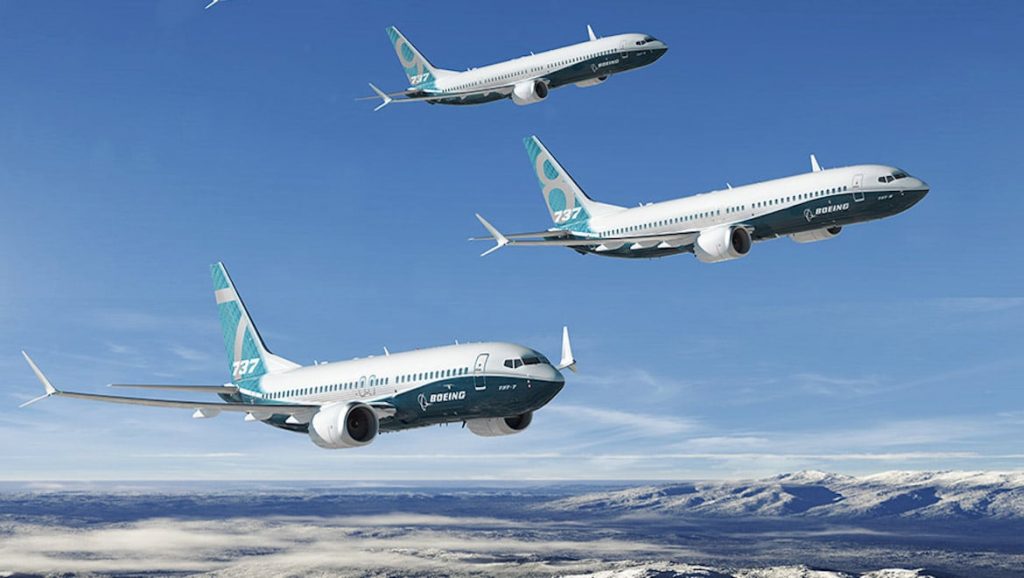
Less than a week since the US Federal Aviation Administration approved the Boeing 737 MAX’s return to service, Boeing has begun a round-the-clock process of upgrading the software of its stored jets, while international regulators continue to deliberate its recertification.
According to Rich Muller, the director of Grant County International Airport, more than 700 workers are currently working 24 hours a day to get the jets back into appropriate condition for commercial service.
Grant County currently houses around 240 MAX jets, all of which are slowly being rolled into the maintenance hangar to upgrade their software and systems, as required under the FAA’s order that lifted the grounding ban on the aircraft last week.
The planes stored at the Moses Lake Airport account for more than half of the 450 total stored jets, which all require the mandated safety upgrades before they can be delivered, and the planemaker can return to production.
Analysts suggest the task of re-opening production lines for the MAX will be made more complicated by the fact that a number of buyers have cancelled orders during the period of prolonged grounding and the COVID-19 pandemic.
In addition to the mandated safety upgrade requirements that the FAA has imposed in order to recertify the aircraft, Boeing must also ensure aircraft can safely be returned to service following a mammoth 20-month grounding.
While parked on the tarmac, each jet at Lake Moses has been fitted with engine and wheel covers, a windshield screen to block out the sun, and a small generator powering cycles of fresh air and electricity through its systems.
“It’s an enormous undertaking,” Muller said.
“But this go-ahead from the FAA has given them a real shot in the arm. It’s really energised everyone.”
The job at Moses Lake serves as one of many Boeing teams working to reinstate the more than 800 MAX jets currently built back to commercial service.
Airlines have claimed it will take about two weeks to ready each plane for service with maintenance and software upgrades factored in, though Boeing has already deployed teams around the world to help carriers with the task.
EU postpones MAX return to service
Despite earlier comments that suggested that European Union Aviation Safety Agency would follow suit shortly after the FAA made its recertification verdict, the EU agency has now said it does not intend to give the MAX the official green light until January.
“We wanted to carry out a totally independent analysis of the safety of this aircraft, so we performed our own checks and flight tests,” Executive director Patrick Ky told an online aviation conference – the Paris Air Forum.
“All these studies tell us that the 737 MAX can return to service. We have started to put in place all the measures
“It is likely that in our case we will adopt the decisions, allowing it to return to service, sometime in January.”
Ky had previously said that the EASA would lift its own grounding order on the MAX “not long after” its US counterpart, and said at the time the agency was “looking at November” for its potential recertification date.
Some industry insiders believe the decision to delay the decision is an attempt to differentiate EASA away from the FAA as a unique and powerful international regulator.
Elsewhere, the UAE has said simply it will announce the return of the 737 MAX to service under its civil aviation regulator “in a timely manner”.
China remains murky on its intentions to return the jet to service, stating earlier this week that it hopes to conduct its own investigations and flight tests to ensure the aircraft is safe and reliable.
The Chinese regulators have provided no information on when they might give their green light to the MAX.










